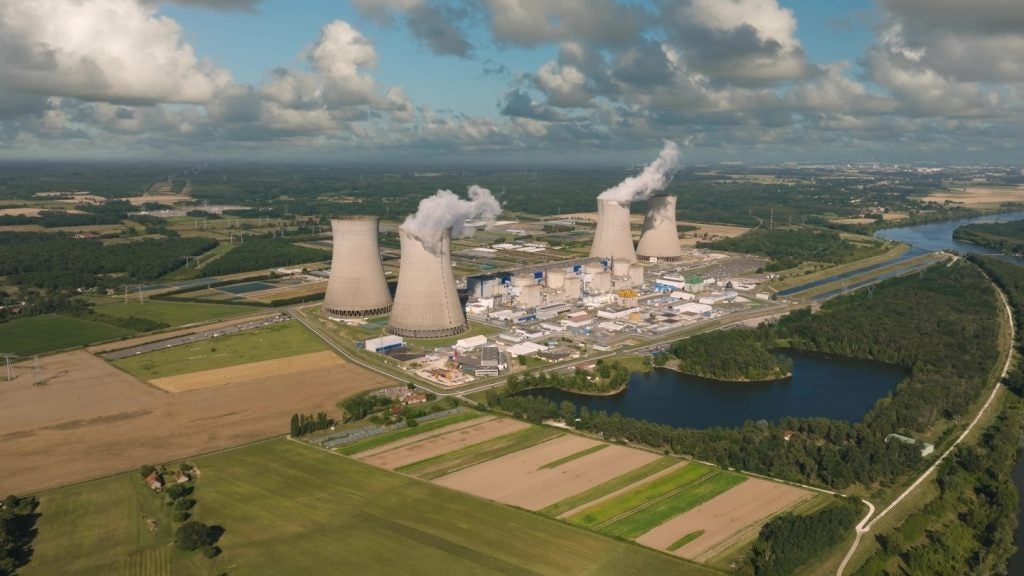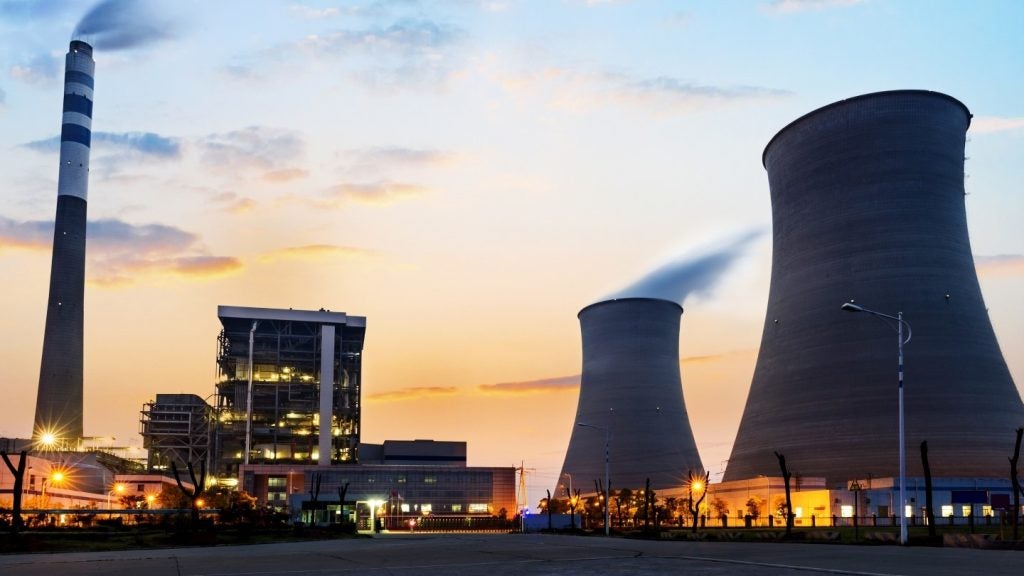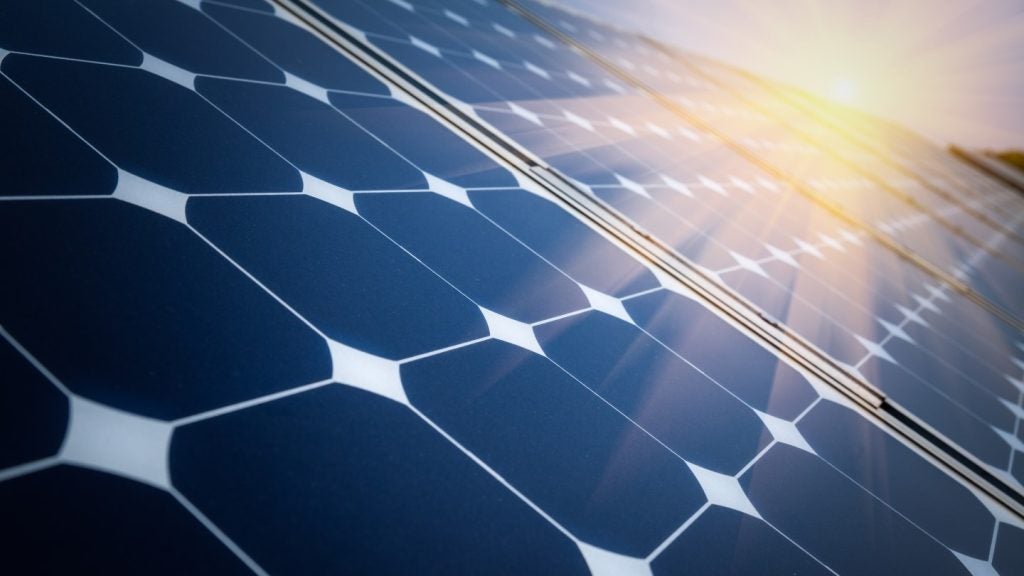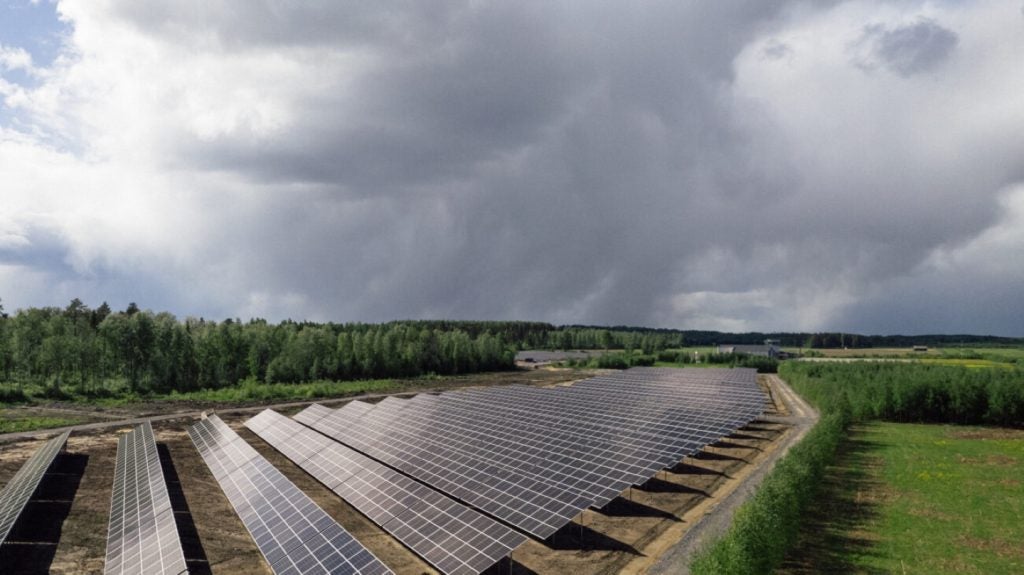Minato Cleaning Power Station is a 22MW biopower project. It is located in Tokyo, Japan. According to GlobalData, who tracks and profiles over 170,000 power plants worldwide, the project is currently active. It has been developed in a single phase. Post completion of construction, the project got commissioned in January 1999. Buy the profile here.
Description
The project was developed by Mitsubishi Heavy Industries and is currently owned by Clean Authority of Tokyo.
Refuse which is a kind of municipal solid waste is used as a feedstock to power the project.
Development status
The project got commissioned in January 1999.
Contractors involved
Mitsubishi Heavy Industries was selected as the steam turbine supplier for the project. The company provided 1 turbine with 22MW nameplate capacity.
Mitsubishi Heavy Industries supplied steam boiler for the project. The boiler installed at the site has a capacity of 700TPH.
For more details on Minato Cleaning Power Station, buy the profile here.
About Mitsubishi Heavy Industries
Mitsubishi Heavy Industries Ltd (MHI) manufactures a diverse range of heavy machinery. Its products and services include power plants, chemical plants, environmental equipment, steel structures, industrial and general machinery, shipbuilding, aircraft, space systems and air-conditioning systems. MHI provides social infrastructure solutions in the fields of energy, including thermal, nuclear, renewable energy and the environment, including chemical plants. The company also provides modern transportation systems and services for land, sea, and air applications. It provides integrated defense systems for land, sea, air and space applications and related equipment and services. The company operates in North America, Latin America, Asia, Europe, the Middle East, Africa and Oceania. MHI is headquartered in Chiyoda-Ku, Tokyo, Japan.
Premium Insights
From

The gold standard of business intelligence.
Blending expert knowledge with cutting-edge technology, GlobalData’s unrivalled proprietary data will enable you to decode what’s happening in your market. You can make better informed decisions and gain a future-proof advantage over your competitors.







